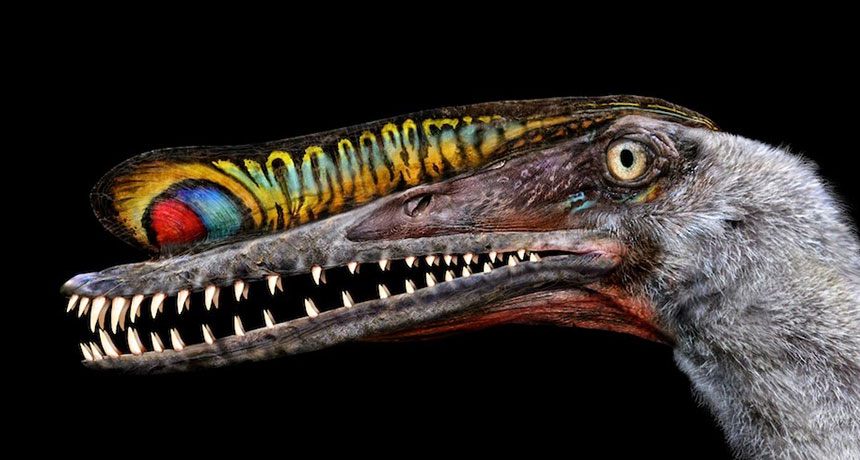
Hundreds of newfound pterosaur eggs are giving scientists a peek into how the ancient fliers developed. These winged reptiles were not dinosaurs, but they lived alongside dinos. Some of the newly discovered eggs still contained the bones of tiny embryos.
After studying those bones, researchers now think that the hatchlings might have been able to walk, although not yet fly.A team of scientists uncovered at least 215 eggs. They came from a block of sandstone about 3 meters (10 feet) square. All of the eggs belonged to one species: Hamipterus tianshanensis. It lived in the early Cretaceous Period, some 120 million years ago, in what is now northwestern China. Xiaolin Wang of the Chinese Academy of Sciences in Beijing led the research team. As a vertebrate paleontologist, he studies the fossils of animals with backbones.
The eggs were a rare find. Researchers had found only a handful of pterosaur eggs before. Five came from the same site in China. Scientists unearthed two others in Argentina. And only one of these seven contained an embryo. Although flattened, it was rather well-preserved. Still, that early lone embryo gave scientists very little to work with as they initially tried to piece together details about the earliest stages of pterosaur (TAIR-oh-soar) development.
Unlike the hard-shelled eggs of dinosaurs, birds and crocodiles, the newfound eggs were soft. They had a thin outer shell, similar to those of modern-day lizards.
This fragile shell also may explain why few fossils had survived.
The post Jackpot! Hundreds of fossilized pterosaur eggs unearthed in China appeared first on FeedBox.